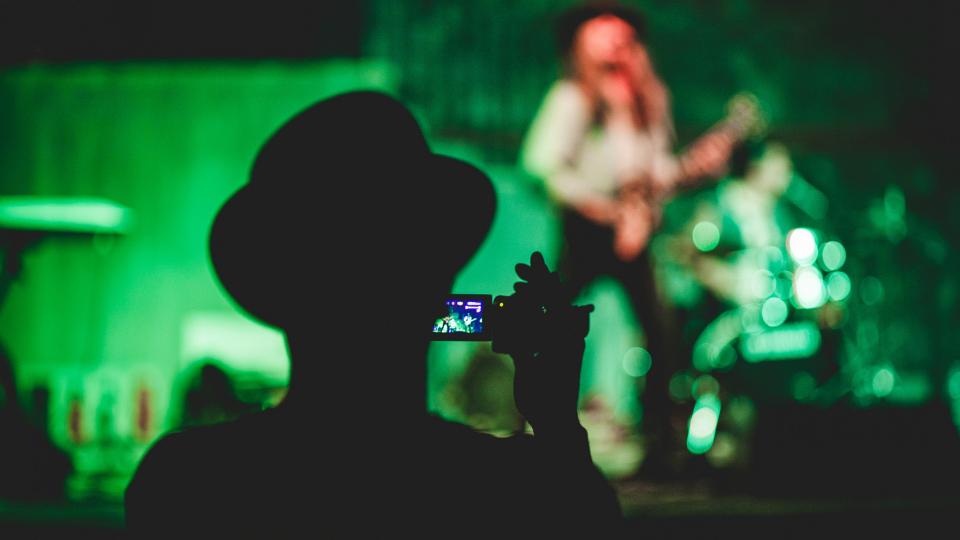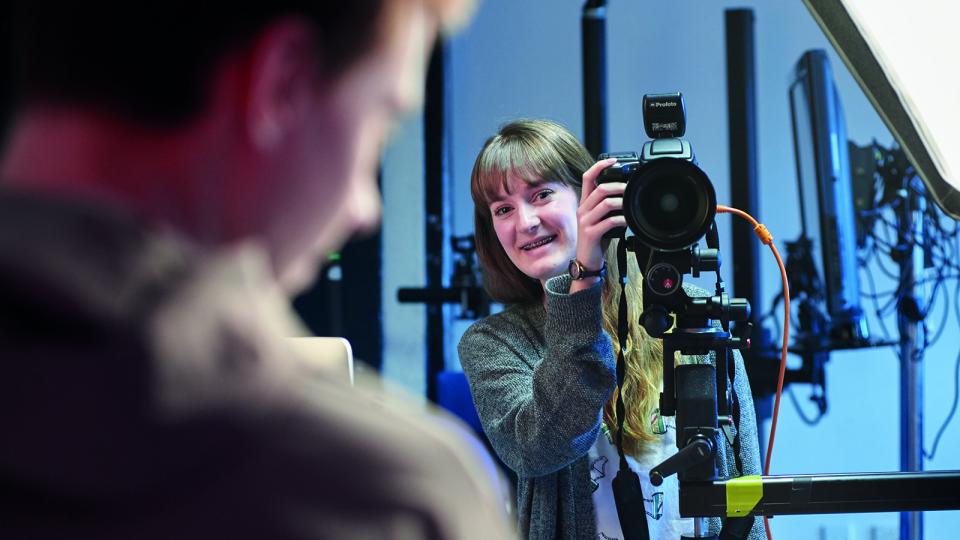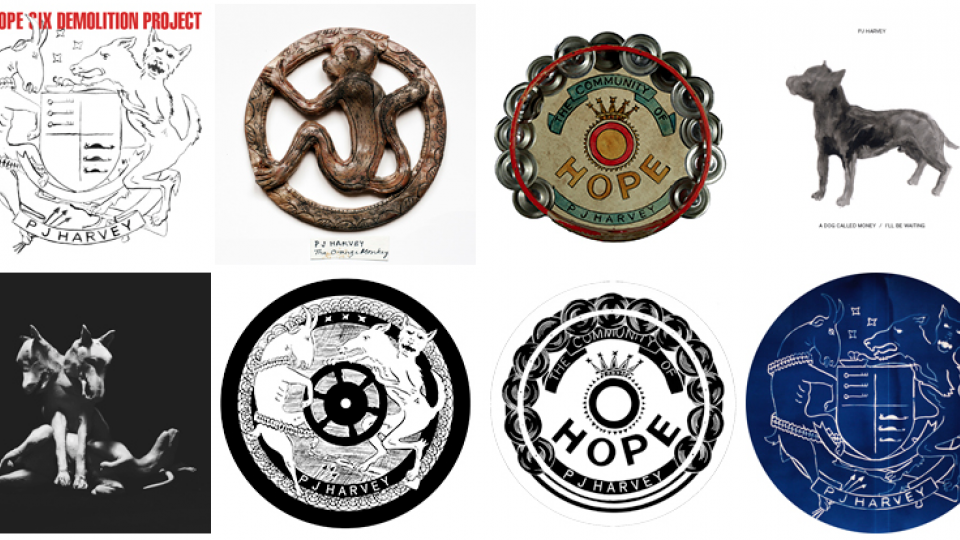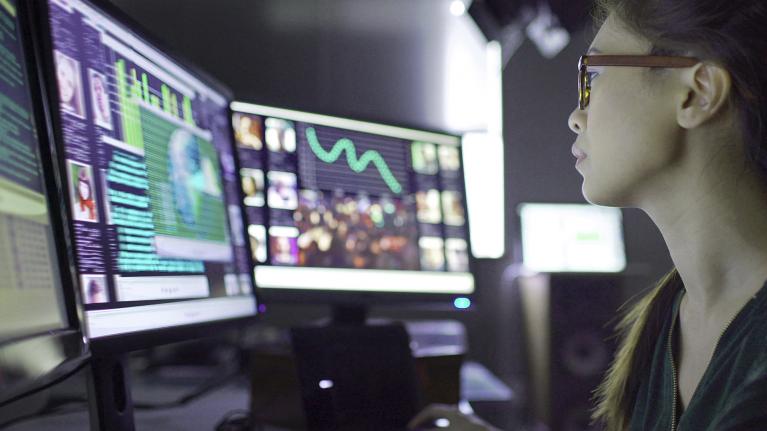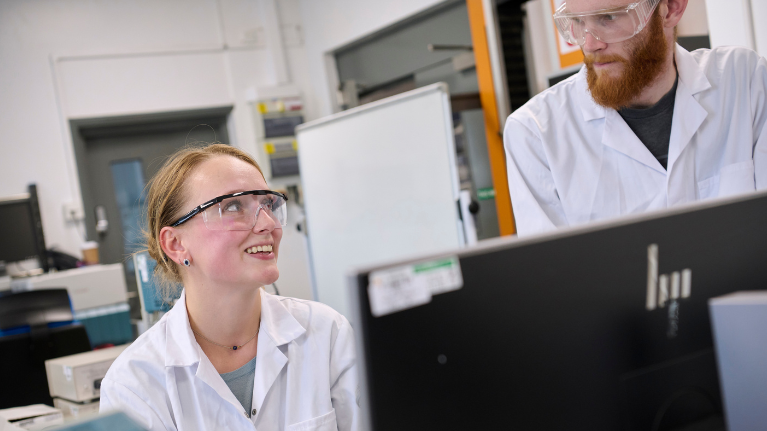
Research and design for PJ Harvey's the Hope Six Demolition Project
Introduction
Dr Michelle Henning researched and produced designs for PJ Harvey's album The Hope Six Demolition Project (Island Records). The project was a visual response to the music and benefitted from a collaborative relationship with the artist.
The underpinning research, supported by the London School of Film, Media and Design (LSFMD), looked at historical symbolism and techniques in relation to contemporary practices of iteration and adaptation by audiences. The research centred on a concept of "orphaned symbols" and the success of the work was measured by its appropriateness to the music and its ability to be adapted and interpreted by the audience.
The project was underpinned by and informed the work of LSFMD's Thinking the Image research group, particularly Henning's research into the mobility and mutability of images, work which has resulted in a number of research papers and presentations.
About the project
In 2015-17 Dr Michelle Henning was appointed art director to musician PJ Harvey's 10th studio album The Hope Six Demolition Project. The role involved designing all artwork for the album and singles as well as oversight of other materials (art-directing photo shoot for press and reviewing press photos and promotional videos). The project was a visual response to the music and to PJ Harvey's poems and benefitted from a collaborative relationship with the artist and a great deal of artistic freedom.
The underpinning research, supported by LSFMD, looked at various kinds of symbolic representations associated with nation and militarism. This included a close visual study of the symbolism of currency, heraldry and various historical techniques associated with these (calligraphic brushwork, etching techniques, ceramic techniques, drum and cymbal painting).
While to directly copy currency is counterfeiting, one of the principal characteristics of heraldry is that it is iterable, able to be copied and reworked without losing its significance, unlike contemporary trademarks and branding.
In popular music there is also a tradition of hand-copying (for example, painting on leather jackets). The key research question was not only what kind of design could provide a visual equivalent to PJ Harvey's musical project, but also how a design could be made iterable, usable and adaptable by her audience.
The research also focused on precedents in album design: punk albums, Blue Note designs and Andy Warhol's jazz album covers were considered and invoked. The designs drew on the imagery of the songs and poems (e.g. birds, keys, goats, dogs, wheels) but without imposing a particular interpretation.
The research developed via a concept of "orphaned symbols": the idea that traditional symbols have become detached from an established code, becoming ambiguous and contradictory. Different variations and iterations were made across a wider range of surfaces and media (drum skins, vinyl record covers, etched vinyl, CDs, T-shirts, bags, metal brooches, playing cards, stage backdrop).
In the photoshoot, painted shadows referenced the painted designs, and signified the detachment of the symbol from its referent. The success of the work was measured both by its appropriateness to the music and its ability to be taken up, interpreted and used by others.
The project was informed by and informed, Michelle Henning's ongoing work with the UWL Thinking the Image research group, into the mobility, ephemerality and mutability of images, work which has resulted in a number of research papers and presentations.
Image courtesy of Dr Michelle Henning.
Project impact
The Hope Six Demolition Project reached no. 1 in the UK charts and was toured during 2016-17 reaching a worldwide audience in the millions. The imagery enabled audience recognition of the PJ Harvey work and helped to create a specific atmosphere to compliment the music, but also was adapted by the audience and reinterpreted as paintings, tattoos and other designs.
About Dr Michelle Henning
Dr Michelle Henning is a writer, artist and Professor in Photography and Media in the School of the Arts at the University of Liverpool. Until September 2019, she was Professor in Photography and Cultural History in the London School of Film, Media and Design at the University of West London, and before that she taught at the University of Brighton and the University of the West of England in Bristol.
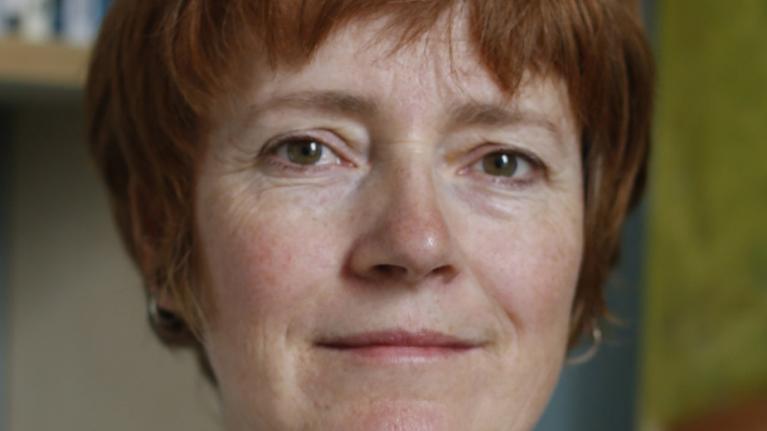
Further information
You can find out more about Dr Michelle Henning and her work with PJ Harvey, UWL's "Thinking The Image" and her work with other artists by visiting her website.
Find out more
-
Research Centres and Groups
Find out about our multi-disciplinary areas of expertise, PhD research, and teaching.
-
Research impact
Learn how our PhD research has helped communities locally, nationally and internationally.
-
The Graduate School
If you are interested in studying for a PhD or Professional Doctorate, the Graduate School is here to support your research.

